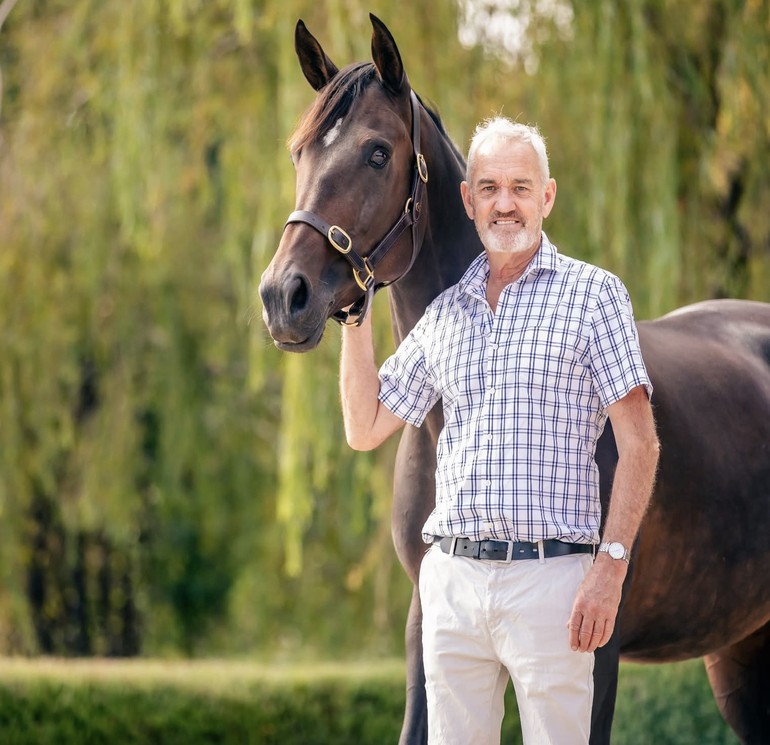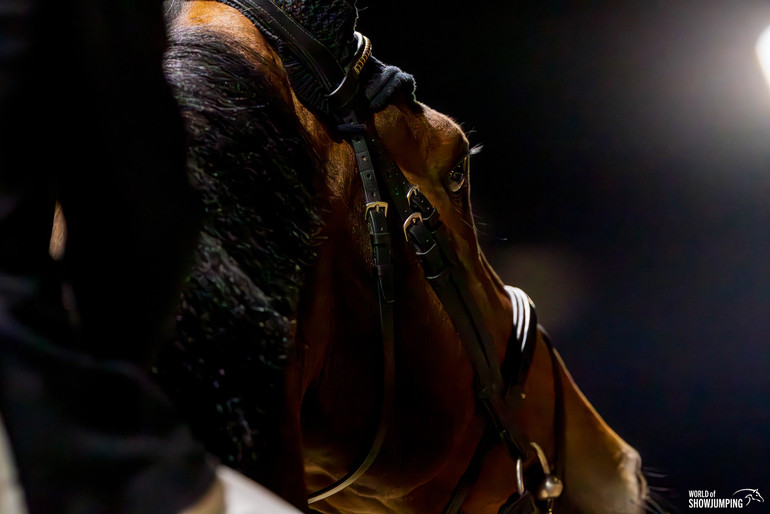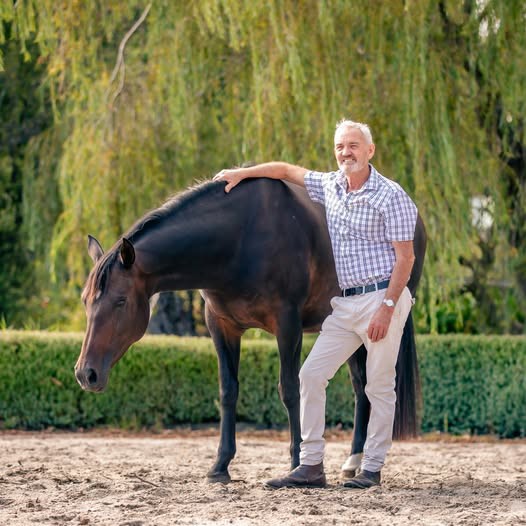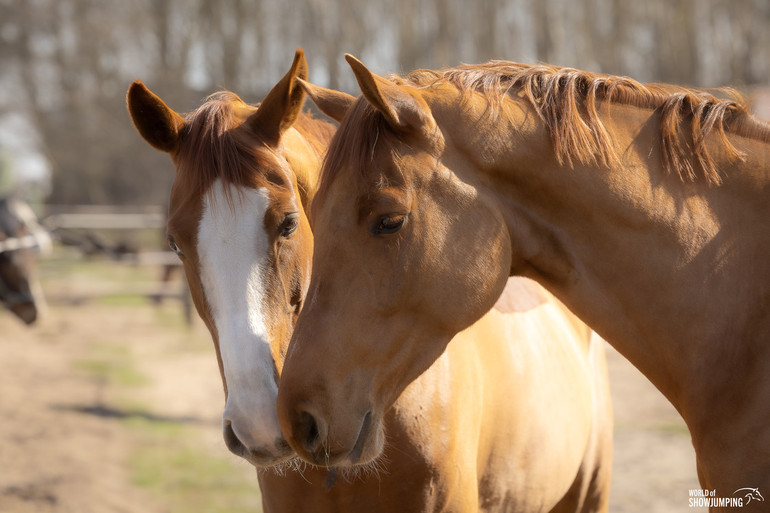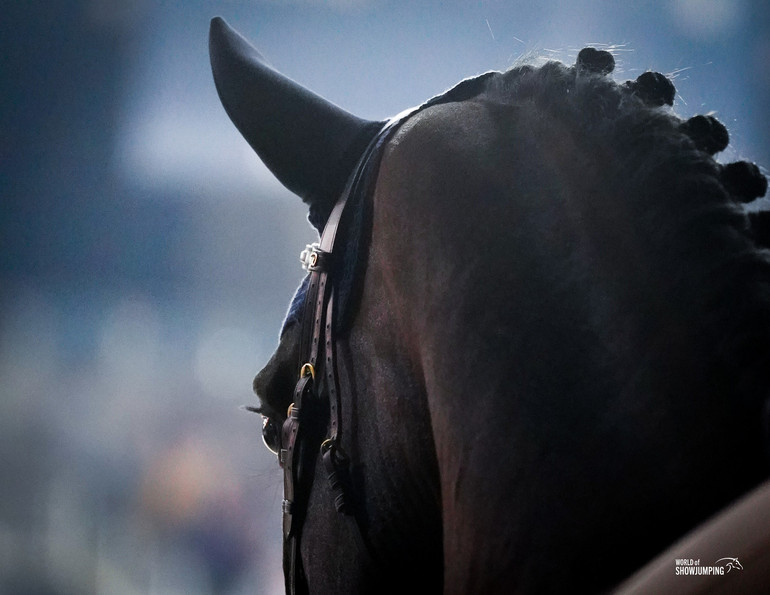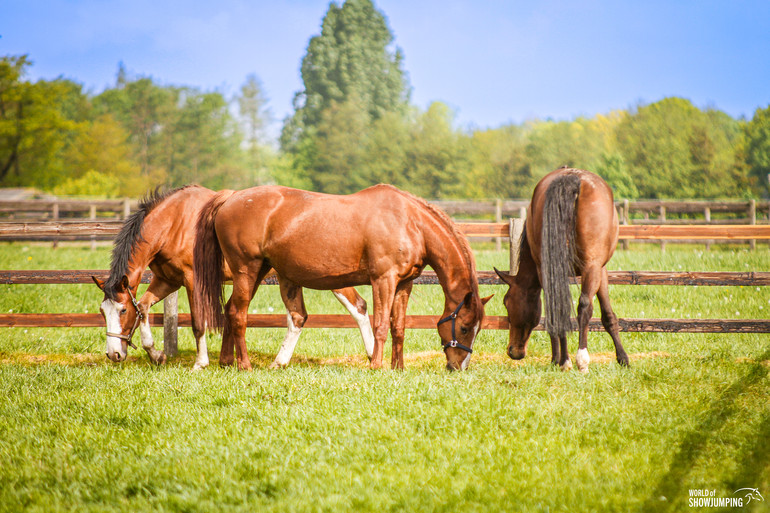Text © World of Showjumping
“We all have a responsibility,” Dr. Andrew McLean – a former championship level eventer and showjumper, a clinical ethologist and welfare scientist specialised in animal cognition, equine learning and animal welfare, as well as a former director of the Australian Equine Behaviour Centre, and CEO of Equitation Science International – tells World of Showjumping. “If we use animals for sport, we have to do it in a way that takes their best interest into account – not just our own pockets.”
“The future of equestrian sports depends on the will and the courage of the people within the industry,” the 70-year-old Australian points out. “If the people involved are not courageous enough to think and learn differently, it's not going to work. I am essentially optimistic, and I do think that it's possible to educate people and help them break the old narratives.”
The future of equestrian sports depends on the will and the courage of the people within the industry
“Just talking about these issues on social media is not enough: People who want to see change, should get into relevant federations and actively teach young children at the local pony clubs and help people with education programmes,” McLean says. “Complaining isn't enough, we need to be actively doing things. The horse is the most important element in this whole sport and we can do so much better for them. This is the time to do it and we have to do it now – there's no other alternative. In a way, eventing has really led the way for many years, probably because of the deaths in riders more than anything – because they have actually softened their courses and made them more technical instead of being outright dangerous like they were in my day.”
“It's really up to us as humans to be innovative and see what we can do. The one and only priority we should keep in mind at all times is the horse. We are at a turning point. Now, we need to really understand how horses work and not just speak in empty phrases,” McLean emphasises.
A catastrophic situation
Over the last years, the equestrian disciplines have experienced increased pressure from animal rights activist organisations such as PETA, and the general public’s growing negative perception of the sport has led to questions regarding its social license to operate. “I think it's actually almost catastrophic,” McLean says when asked how he sees the current situation. “There are so many things happening. There's so much current science that really shows things that we didn't know before. Even as a rider myself, there are things that I would think twice about doing had I known this information at a younger age.”
“One of the things that we now know – amongst many other problems – is that when the horses are ridden behind the vertical, there's an increasing amount of air-deprivation,” McLean explains. “The space at the back of the horse's mouth – the pharyngeal space – is really important for the airways and when the angle of the gullet is closed, like when the horse is behind the vertical or has a short neck even in a high frame like some show jumpers sometimes do, the horse suffers air deprivation up to 15%. This is similar to what a human would suffer with a mild asthma attack.”
The one and only priority we should keep in mind at all times is the horse
“We also now know that tight nosebands, aside from pain also cause a restriction on the airways because they cause the tongue to retract and close the pharyngeal space,” McLean says. “Any air-deprivation is something that nobody would ever want to do if they knew about it consciously. However, I certainly didn't know about those things while I was still riding – and I sometimes jumped some so-called hotter horses in my early life with short necks. In my mind, I thought they were keen, because of the old narrative. Now I realise that they just weren't in a proper rhythm or in self-carriage. My answer was to use a stronger bit instead of focusing on clear, precise training of downward transitions as I did later for horses that came to me at Australian Equine Behaviour Centre with behaviour problems of bolting.”
Understanding science and breaking old narratives concerning how horses are trained and cared for is essential for the future of equestrian sports, McLean points out. Social media and the evolvement of society has created a new landscape where justifying practices with a simple “it has always been done this way” just won’t do. “The public is not happy with what they see,” McLean highlights. “That's all because of the window provided by social media and the power of the community to have a say in how we train animals and how we treat them. I think that's the catastrophe we are facing – social licence is about the rights of the public to assess such as how animals are treated within that society. At the moment, there is much more focus on dressage than on jumping, but there's no getting away from the issues. Some people think the answer is for the horse world to simply show the public the amazing bond they have with their horses. But the problem is way beyond that. The problem is if you value the animal as ‘partner’, then the contemporary way that partner is treated in horse sports is utterly questionable – as indeed it should be.”
Understanding the science
McLean is adamant that a huge part of the current issue is lack of education and understanding. “The more you know about learning and biomechanics, the more you know about training – because training essentially is the mixture of the two,” he says.
“Science has proved that some of the things that we do to the horses – in many cases as standard practise – are actually not good for them. As an example, I used to have my horses in stables where they could only see each other and maybe sniff noses, but actually that is nowhere near enough what horses really need. What they need is to be able to touch and groom each other, because just like for humans, touch is vital for horses. When we give horses access to touch, many things in their life improve.”
Science has proved that some of the things that we do to the horses – in many cases as standard practise – are actually not good for them
“Another example is the work that I did with the Manchester Police,” McLean continues. “It showed that when we gave the horses the ability to be able to touch each other over the walls, horses became braver out on patrol. I think we need to recognise that just like humans, horses are highly social and it is not good enough for them to just see each other. This should not be a shock to us because we know that a good social upbringing for children contributes to their self-confidence. Horses should be given the choice in some portion of the stables to engage or not with other horses. ”
“Another point is providing adequate forage because horses don't just like to eat for most hours of the day, they actually need to seek and munch because it's part of their brain wiring. It doesn't mean we have to give them a lot of roughage, it just means providing slow feeders, trickle-feeding with apparatus like hay nets with tiny holes. When horses can indulge in the ability to forage, look for food and ingest it slowly, their mental health improves – and these are things we now know as science-based facts,” McLean tells. “Horses also need time out of the stable in the field as much as possible, to engage in natural behaviours”.
There is a way forward
In the past few years, the reputation of equestrian sports has been tarnished by controversy and scandals – with well-known names involved. As a consequence, the focus on blue tongues, open mouths, horses in unnatural frames, too tight nosebands, the use of excessive bits and boots, the use of spurs and whips, and unethical training methods, has increased – also in mainstream media.
Everybody has to become more understanding of how horses learn, how they perceive the world and what their basic needs are
However, McLean believes that the damage can be reversed. “It can be done by training the horses to self-maintain their rhythm where they are in self-carriage,” he explains. “There is a small difference between self-carriage in dressage and self-carriage in jumping. However, to put it simply; if you let go of the reins, the horse shouldn't suddenly bolt off. We need to train horses to be softer in the body, so that they are able to use their bodies correctly and have the right posture over a jump. It's important that we train self-carriage and stop tightening those nosebands too tight. I do think there's a way forward and for me self-carriage is key. When training horses, we should include positive reinforcement in tandem with our pressure release (negative reinforcement); it all comes down to how we reinforce behaviour.”
“FEI has already moved in small steps, looking at issues like noseband tightness,” McLean continues. “However, I do think they could go further, and I feel confident it will occur. I understand that the FEI going small is probably because of economic interest. Equestrian sport is such a giant industry that it would be catastrophic if that collapsed. I believe it is a significant point in progressing thoughtfully but determinedly. There are quite a few steps that the FEI can look at, because it's becoming increasingly easier to measure stress in horses. For a competitive animal to have a certain amount of arousal is ok but too much stress is not acceptable. Horse people and federations need to learn where the red line is.”
While the FEI is working on an extensive Equine Welfare Strategy Action Plan, there are number of FEI rules and regulations already in place that if implemented successfully could help ensure better horse welfare. As an example, a change to the FEI Veterinary Regulations that came into effect January 1, 2023 included a rule addition on the mandatory closure of the FEI stables area for six consecutive hours overnight, ref. article 1008, with minimal lighting and noise to allow the horses to rest adequately. However, there has been few changes to the schedules at FEI events since the rule came into force. “Certainly, we should be giving the horses adequate sleep and that should be enforced by some mechanism – like FEI stewards,” McLean comments on the issue of implementing and enforcing rules.
Horse people and federations need to learn where the red line is
“There is no point having rules if they are not enforced,” he continues. “For example, with Racing Victoria [Editor’s note: The governing principal racing authority in the state of Victoria in Australia] we have been successful in implementing the things that we said we would: We have a long-term strategic plan and we are moving towards that. We have produced education modules for racing personnel and trainers about behaviour and we have got traceability of all horses that are going to races and where they end up. Being successful in anything is a matter of if you say something, then you have to do it. Seven years ago I saw that change was sorely needed in the Australian Pony Club syllabus. So I got onto the board and we changed it. People have to do things, not just talk about them. I think if we get it right, I see a bright future. Everybody has to become more understanding of how horses learn, how they perceive the world and what their basic needs are.”
Breaking the traditional narrative
While equestrian sports’ long history is one of its trademarks, being stuck in the past can stand in the way of a brighter future. “We come out of a very traditional world where there are so many narratives surrounding horse training,” McLean points out. “I do think that it's a matter of teaching people the science behind it all and removing some of those narratives that don't help. For example, the narrative of ‘the naughty horse’; that the horse can be blamed for what he did and punished for non-compliance. As people are more determined to get medals and the sport is part of their incomes, their lives and livelihoods, people resort to things that aren't necessarily good for horses. But with more education, people would see that the answer to best performance lies in better training, not punishment or coercion.”
I believe we have to educate people and change some of the belief systems because they are old and antiquated – and they don't do the horse any service
“However, I do believe that people are inherently good and that they only do certain things because they don't understand, or they are ignorant of the information available,” McLean continues. “People need to be more educated. I know I had to be – and I was an experienced horse person before I came to understand an academic approach to equine learning and training. However, it really changed everything for me. I'd already represented Australia by the time I got involved in academia, but I realised so many things I could have done much easier and better, with better welfare for the horse. I believe we have to educate people and change some of the belief systems because they are old and antiquated – and they don't do the horse any service.”
“I think the most important thing to understand is that the horse is a sentient being,” McLean says. “They have their positive and negative affective states and we should be thinking about giving them the best life possible. Instead of seeing the horses as an object, we should think of them more as a subject with a right to a good life.”
“The first priority for any horse person should be to protect the horse, not to protect their own image or that of their friends,” McLean points out.
FEI Equine Welfare Advisory Group
McLean has recently been invited to join the FEI's Equine Welfare Advisory Group, which will be providing an external perspective and independent advice on the FEI Equine Welfare Strategy. “The FEI has asked me to participate in their Welfare Advisory Group,” McLean – who also will be one of the panellists at the 2025 FEI Sports Forum's session on the FEI Equine Welfare Strategy Action Plan – says about now being involved with the international governing body’s welfare strategies.
“I haven't had much more information other than that request. I'm happy to do that because I've got quite a lot of experience in horse behaviour and welfare science. I'm also on the Equine Welfare Advisory Council for Racing Victoria, and we've made quite a lot of interesting, progressive changes,” McLean closes off.
Dr. Andrew McLean is a former championship-level eventer and showjumper, an author and a clinical ethologist and welfare scientist specialised in animal cognition and equine learning/training psychology and animal welfare. He is former director of the Australian Equine Behaviour Centre and CEO of Equitation Science International as well as a co-founder of the H-ELP Foundation (Human-Elephant Learning Programs) and ISES (The International Society for Equitation Science). Dr. McLean is a member of the Equine Welfare Advisory Council for Racing Victoria, the governing principal racing authority in the state of Victoria in Australia.
31.3.2025 No reproduction of any of the content in this article will be accepted without a written permission, all rights reserved © World of Showjumping.com. If copyright violations occur, a penalty fee will apply.



